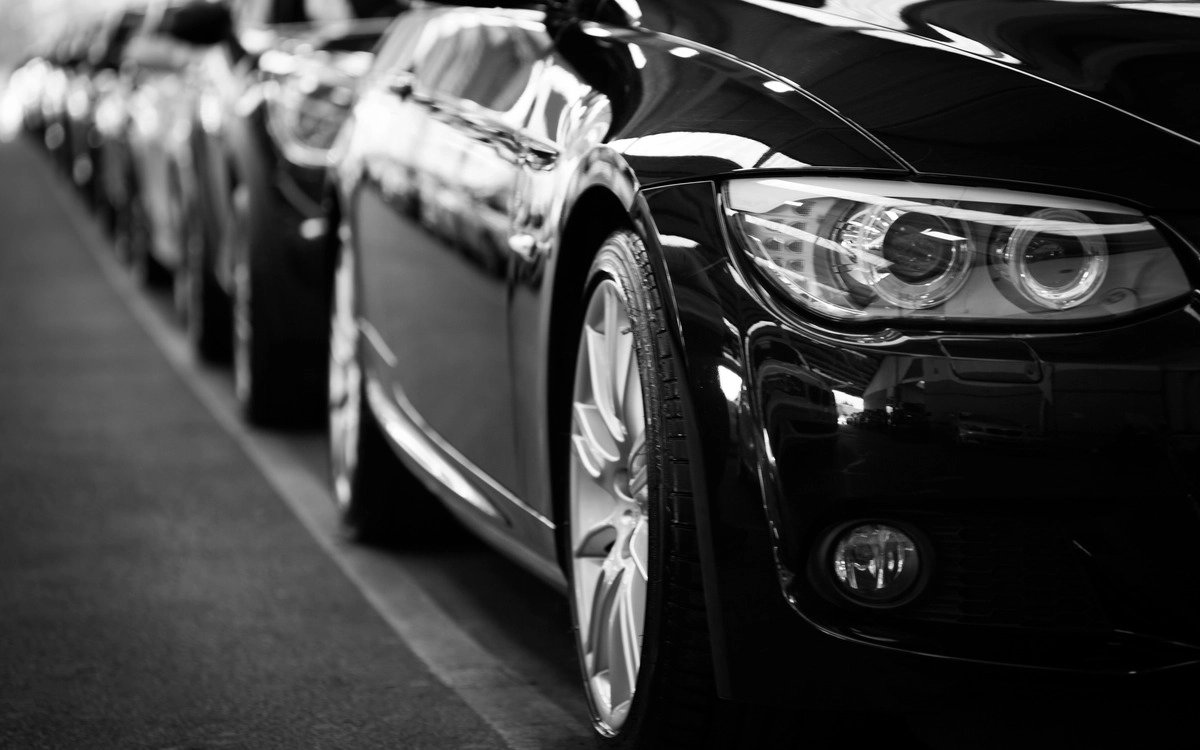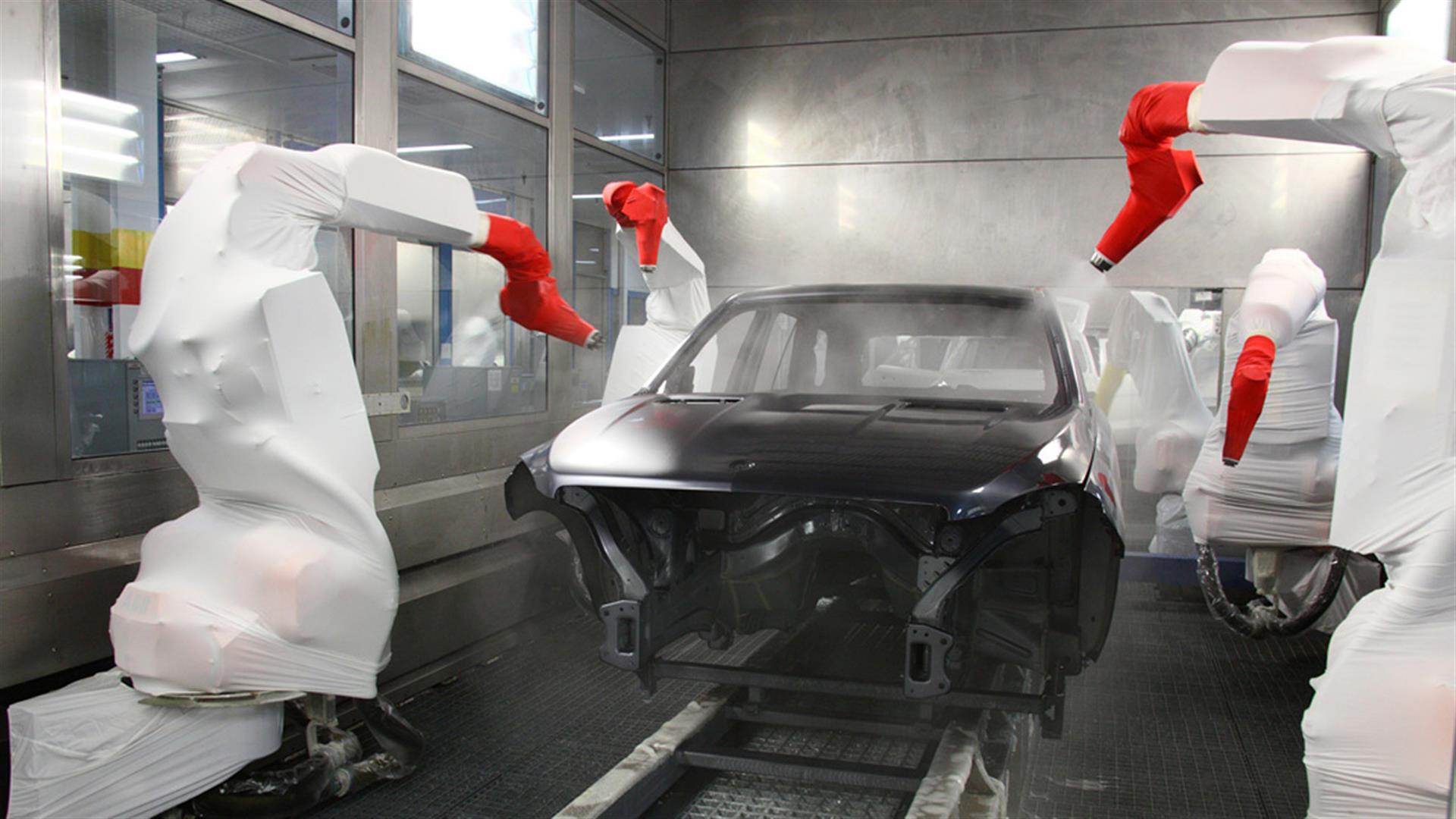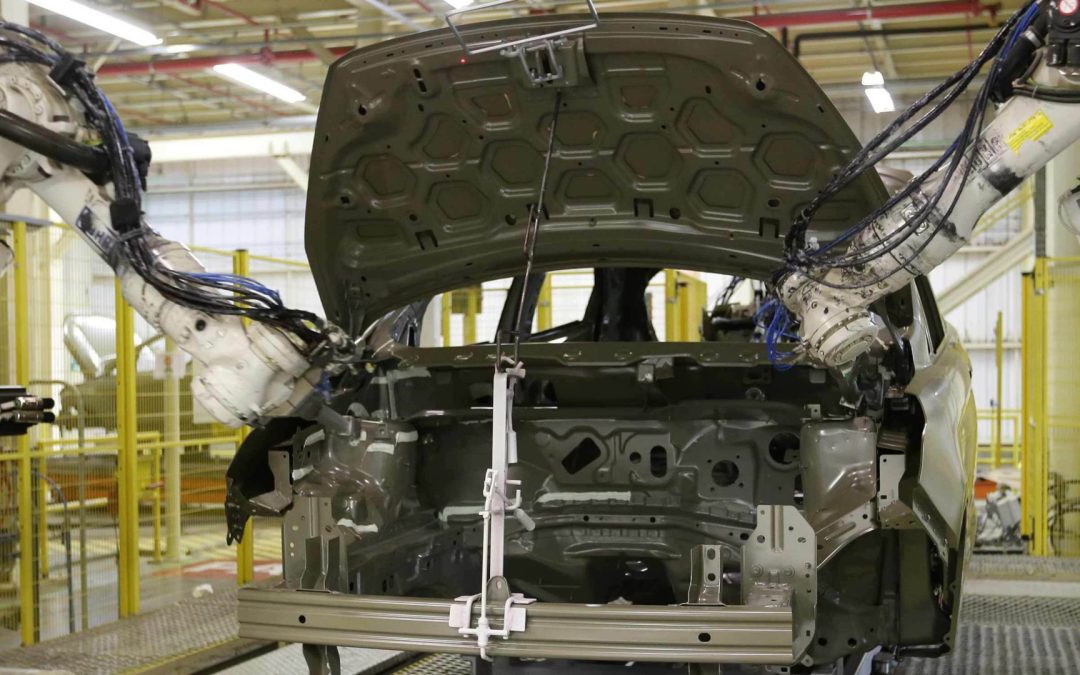Painting a car is a skillful task that can bring tremendous satisfaction. Whether you want to revamp your vehicle’s appearance, cover up scratches, or just challenge yourself with a new project, this guide is here to help you through the process.

Introduction: Why Painting a Car is a Tremendous Skill
Learning how to paint a car not only saves you money but can also give your vehicle a unique and personal touch. The feeling of satisfaction after seeing your car gleaming with a fresh coat of paint is worth the effort.
Gathering the Right Tools and Materials
For a successful car painting project, you will need a variety of tools and materials. Here’s a checklist:
- Quality paint (basecoat and clear coat)
- Primer
- Sandpaper (various grits)
- Masking tape and paper
- Paint sprayer or spray cans
- Safety gear (gloves, masks, and goggles)
- Cleaning supplies (degreaser, wax, and grease remover)
- Polishing compound and buffer
Preparation: Key to a Successful Paint Job
Cleaning the Car Surface
Start by thoroughly washing your car to remove all dirt, grease, and debris. Use a quality degreaser to ensure the surface is clean. Any contaminants left on the surface can ruin the paint job.
Removing Rust and Old Paint
Inspect your car for any rust spots and old paint that needs to be removed. Use sandpaper to sand down these areas until the metal is visible. Apply a rust inhibitor if necessary.
Masking Off Areas Not to Be Painted
Use masking tape and paper or plastic sheeting to cover areas that you don’t want to be painted, such as windows, trim, and headlights.
Priming the Car
Applying the Primer
Using a spray gun or aerosol cans, apply a coat of primer to your car’s surface. Primer helps the paint adhere better and provides a smooth base for the color coat.
Sanding the Primer
Once the primer is dry, sand it down with fine-grit sandpaper to smooth out any imperfections. Wipe down the surface with a clean cloth to remove dust.
Painting the Car: Applying the Basecoat
Choosing the Right Paint
Selecting the right paint for your car is crucial. Automotive paints come in a variety of types, such as acrylic, enamel, and urethane. Make sure you choose the one that suits your project needs.
Applying the Basecoat
Now it’s time to apply the basecoat. Using a spray gun, apply several thin layers of paint, allowing each layer to dry before applying the next. This ensures a smooth and even finish.
Applying the Clear Coat
Importance of the Clear Coat
The clear coat serves as a protective layer, offering gloss and protection against environmental factors. It is applied after the basecoat is completely dry.
Applying the Clear Coat
Just like the basecoat, apply several thin layers of clear coat, allowing each layer to dry. This enhances the shine and durability of the paint.
Polishing and Finishing Touches
Polishing the Painted Surface
After the clear coat has dried, use a polishing compound and a buffer to give your car a smooth and glossy finish. This step is crucial for achieving a professional look.
Reassembling and Cleaning
Remove the masking tape and paper, reassemble any parts you removed, and give your car a final wash. Admire your work and the new look of your car!

FAQs about Car Painting
How long does it take to paint a car?
The time it takes to paint a car depends on various factors, such as the size of the vehicle, the complexity of the paint job, and the drying time between coats. On average, it can take anywhere from a few days to a couple of weeks.
Is it cheaper to paint a car yourself?
Yes, painting a car yourself can be more cost-effective than hiring a professional. However, it requires time, effort, and the right tools and materials to achieve a quality finish.
What type of paint is best for cars?
The best paint for cars depends on your needs and preferences. Acrylic enamels and urethanes are popular choices due to their durability and finish. Consult with an automotive paint specialist to choose the best option for your project.
For more detailed information on automotive painting techniques, you can visit this informative Wikipedia page.
